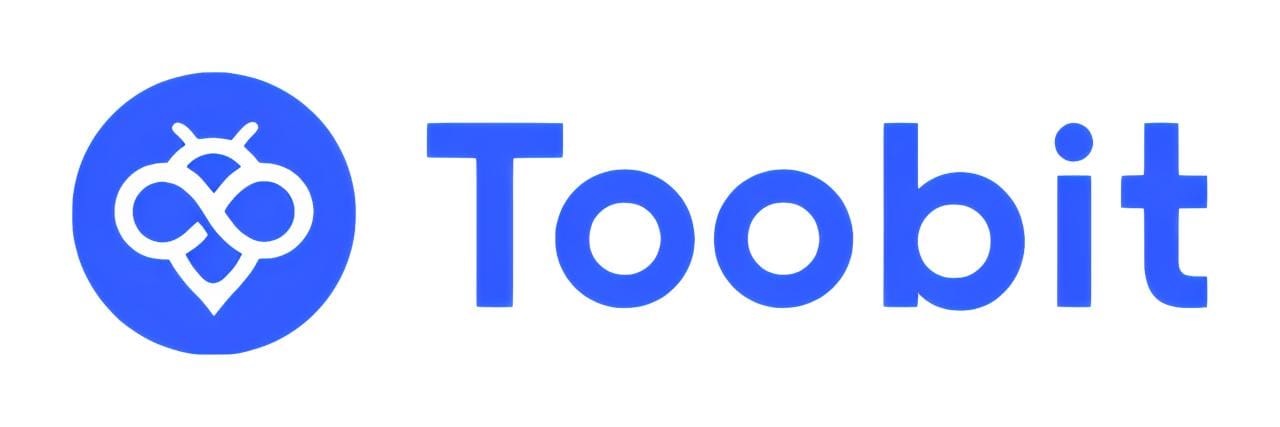The Tether Controversy: Transparency Issues
The Tether controversy is one of the most debated topics in the cryptocurrency world, primarily revolving around the transparency of its reserves and its impact on the market. This article provides a comprehensive examination of the Tether controversy, focusing on the transparency issues and their implications for the cryptocurrency industry.
Introduction
Tether (USDT) is one of the most widely used stablecoins in the cryptocurrency market. It is designed to maintain a 1:1 peg with the US dollar, providing stability and liquidity to traders and investors. However, Tether has been embroiled in controversy due to questions about its reserves and the company’s transparency practices.
Background of Tether
What is Tether?
Tether is a stablecoin issued by Tether Limited. It was created to offer the stability of the US dollar while retaining the benefits of cryptocurrency, such as fast transactions and borderless payments. Tether is used extensively on cryptocurrency exchanges for trading and as a hedge against market volatility.
The Importance of Transparency
Transparency is crucial for stablecoins like Tether because their value is derived from the belief that each token is backed by an equivalent amount of fiat currency or other assets. Any doubts about the backing can undermine confidence and stability, leading to significant market disruptions.
The Controversy
Lack of Audits
One of the primary issues with Tether is the lack of comprehensive audits. For years, Tether Limited claimed that each USDT token was backed 1:1 by US dollars held in reserve. However, the company failed to provide full, independent audits to verify these claims, raising concerns about the actual backing of the stablecoin.
Regulatory Scrutiny
In 2021, Tether and its affiliated exchange, Bitfinex, reached a settlement with the New York Attorney General’s office. The investigation revealed that Tether had misrepresented the nature of its reserves, stating that at certain times, Tether tokens were not fully backed by fiat reserves. This settlement required Tether to pay an $18.5 million fine and provide quarterly reports on its reserves.
Composition of Reserves
Tether’s quarterly reports have shown that its reserves are not solely held in cash but also include commercial paper, fiduciary deposits, and other assets. The lack of detailed information about the quality and risk of these assets has fueled ongoing concerns about Tether’s ability to maintain its peg during periods of market stress.

Impact on the Cryptocurrency Market
Market Confidence
The controversy surrounding Tether’s transparency has led to periodic market jitters. As one of the largest stablecoins by market capitalization, any issues with Tether can have widespread implications for the broader cryptocurrency market. Traders and investors rely on the stability of USDT, and any doubts about its backing can lead to significant volatility.
Regulatory Developments
The scrutiny of Tether has prompted calls for clearer regulatory frameworks for stablecoins. Regulators in various jurisdictions are increasingly focusing on ensuring that stablecoins are fully backed by high-quality assets and that issuers provide regular, transparent audits. These developments aim to protect investors and maintain market integrity.
Lessons Learned from the Tether Controversy
Importance of Transparency
The Tether controversy underscores the importance of transparency for stablecoins and other cryptocurrency projects. Providing clear, comprehensive, and regular audits can help build trust and confidence among users and regulators.
Regulatory Compliance
Compliance with regulatory requirements is crucial for the long-term sustainability of stablecoins. Tether’s settlement with the New York Attorney General highlights the need for stablecoin issuers to adhere to legal and regulatory standards to avoid legal repercussions and maintain market confidence.
Diversification of Stablecoin Holdings
Investors should consider diversifying their stablecoin holdings to mitigate risks associated with any single stablecoin. Diversifying across multiple stablecoins can help protect against potential issues with any one issuer and provide greater stability during periods of market uncertainty.
Conclusion
The Tether controversy has been a significant issue in the cryptocurrency world, raising important questions about transparency and trust. While Tether remains one of the most widely used stablecoins, the controversy highlights the need for greater transparency, robust regulatory oversight, and cautious investment practices. By learning from this incident, the cryptocurrency community can work towards creating a more transparent and secure ecosystem.
For more in-depth analyses and guides on cryptocurrency security and best practices, visit our crypto guides and news page.
Consider using platforms with robust security measures. For advanced trading features, claim up to $30,000 in rewards by signing up with Bybit.
For more information on crypto events and incidents, check out our detailed articles at Crypto Events and Incidents.
Stay Updated
For the latest airdrops and crypto news, follow us on:
Stay informed with the latest updates, analyses, and strategies to help you navigate the world of cryptocurrency at FreeCoins24.io. For detailed reviews and ratings of various exchanges, visit our exchanges page.

















